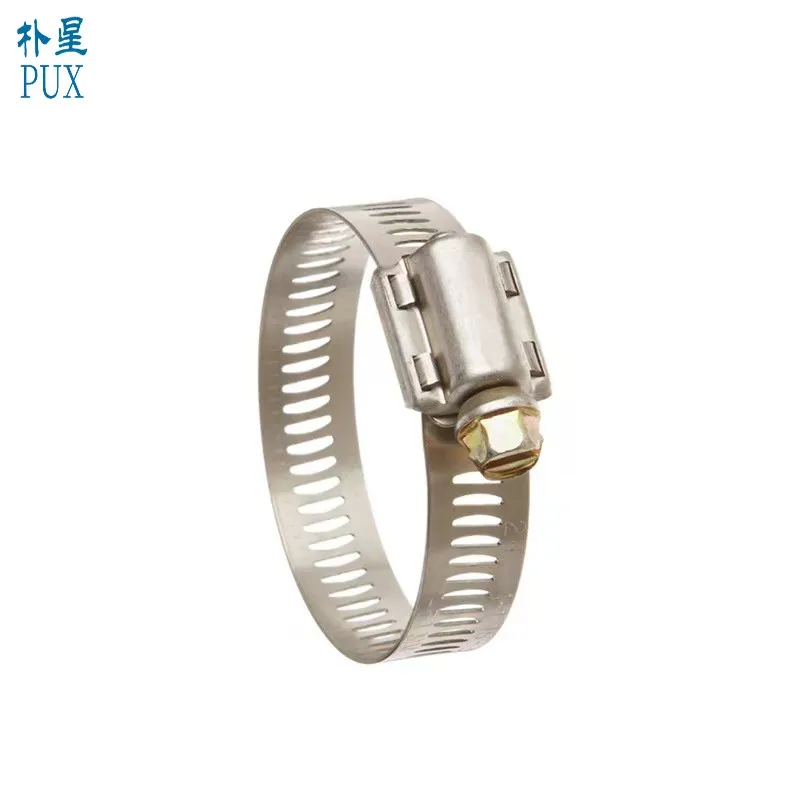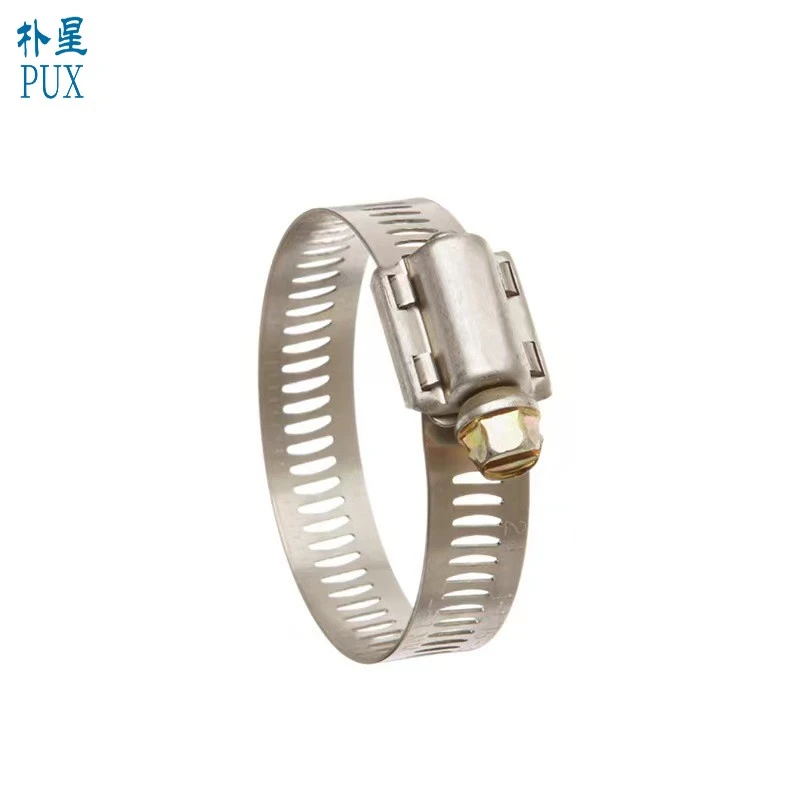- Phone:+86-17331948172 +86-0319-8862898
- E-mail: inquiry@puxingclamp.com
Jan . 20, 2025 04:54 Back to list
Stainless steel 304 hose clamps
The versatility and reliability of hose clamps are often overlooked, yet they are indispensable components across numerous industries. With an emphasis on quality and innovation, the use of three specific hose clamps can transform the way you approach projects involving hoses and tubing. This article delves into the specifics of these tools, highlighting their applications, benefits, and what to look out for when choosing the perfect clamp for your needs.
When selecting hose clamps, assessing the material quality and construction is crucial. Stainless steel remains the material of choice due to its resistance to rust and ability to perform under various environmental conditions. Additionally, understanding the specific application requirements—such as the diameter, pressure involved, and temperature conditions—ensures the clamp will meet the necessary demands. Installation procedures also merit attention. Proper installation guarantees that a hose clamp performs its function effectively. For example, ensuring that the clamp is centered on the spigot and not over-tightened can prevent damage to the hose and maintain a permanent secure connection. Routine inspections and maintenance help in detecting wear or potential failures early, preventing extensive damage. Furthermore, reputable manufacturers who specialize in hose clamps often offer detailed guidance and product support, showcasing their commitment to quality and reliability. Opting for recognized brands not only assures performance but also aligns with industry standards, promoting safety and effectiveness in applications. In conclusion, hose clamps may seem like minor components but their impact is substantial across multiple sectors. By understanding the features and benefits of worm drive, constant tension, and T-bolt hose clamps, businesses and individuals can make informed choices that enhance operational efficiency. Investing in high-quality hose clamps is not just a purchase but a critical contributor to operational safety and reliability. As technology and materials advance, the humble hose clamp continues to evolve, innovatively adapting to face the challenges of modern demands.


When selecting hose clamps, assessing the material quality and construction is crucial. Stainless steel remains the material of choice due to its resistance to rust and ability to perform under various environmental conditions. Additionally, understanding the specific application requirements—such as the diameter, pressure involved, and temperature conditions—ensures the clamp will meet the necessary demands. Installation procedures also merit attention. Proper installation guarantees that a hose clamp performs its function effectively. For example, ensuring that the clamp is centered on the spigot and not over-tightened can prevent damage to the hose and maintain a permanent secure connection. Routine inspections and maintenance help in detecting wear or potential failures early, preventing extensive damage. Furthermore, reputable manufacturers who specialize in hose clamps often offer detailed guidance and product support, showcasing their commitment to quality and reliability. Opting for recognized brands not only assures performance but also aligns with industry standards, promoting safety and effectiveness in applications. In conclusion, hose clamps may seem like minor components but their impact is substantial across multiple sectors. By understanding the features and benefits of worm drive, constant tension, and T-bolt hose clamps, businesses and individuals can make informed choices that enhance operational efficiency. Investing in high-quality hose clamps is not just a purchase but a critical contributor to operational safety and reliability. As technology and materials advance, the humble hose clamp continues to evolve, innovatively adapting to face the challenges of modern demands.
Share
Next:
Latest news
-
Precision High Quality Stainless Steel Strip Coils & Rolls
NewsAug.22,2025
-
Durable Adjustable Hose Clamps for Pipes & Radiators
NewsAug.21,2025
-
Heavy Duty Hose Clamps: Premium Stainless Steel & Adjustable
NewsAug.19,2025
-
Large Stainless Steel Adjustable American Type Hose Clamp - Hebei Pux Alloy Technology Co., Ltd
NewsAug.18,2025
-
Large Stainless Steel Adjustable Hose Clamp - Hebei Pux Alloy|Durable Corrosion Resistance&Adjustable Design
NewsAug.18,2025
-
Large Stainless Steel Adjustable Hose Clamp - Hebei Pux Alloy Technology Co., Ltd
NewsAug.18,2025




